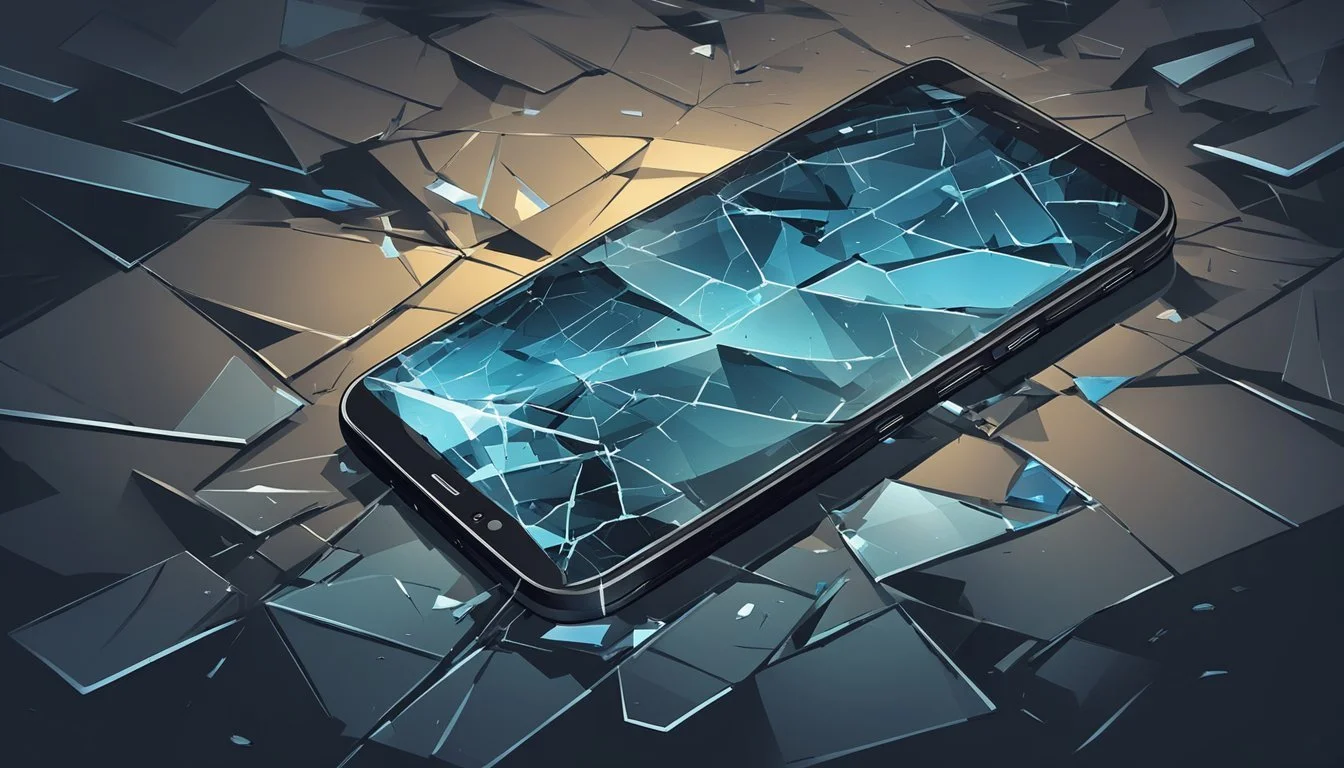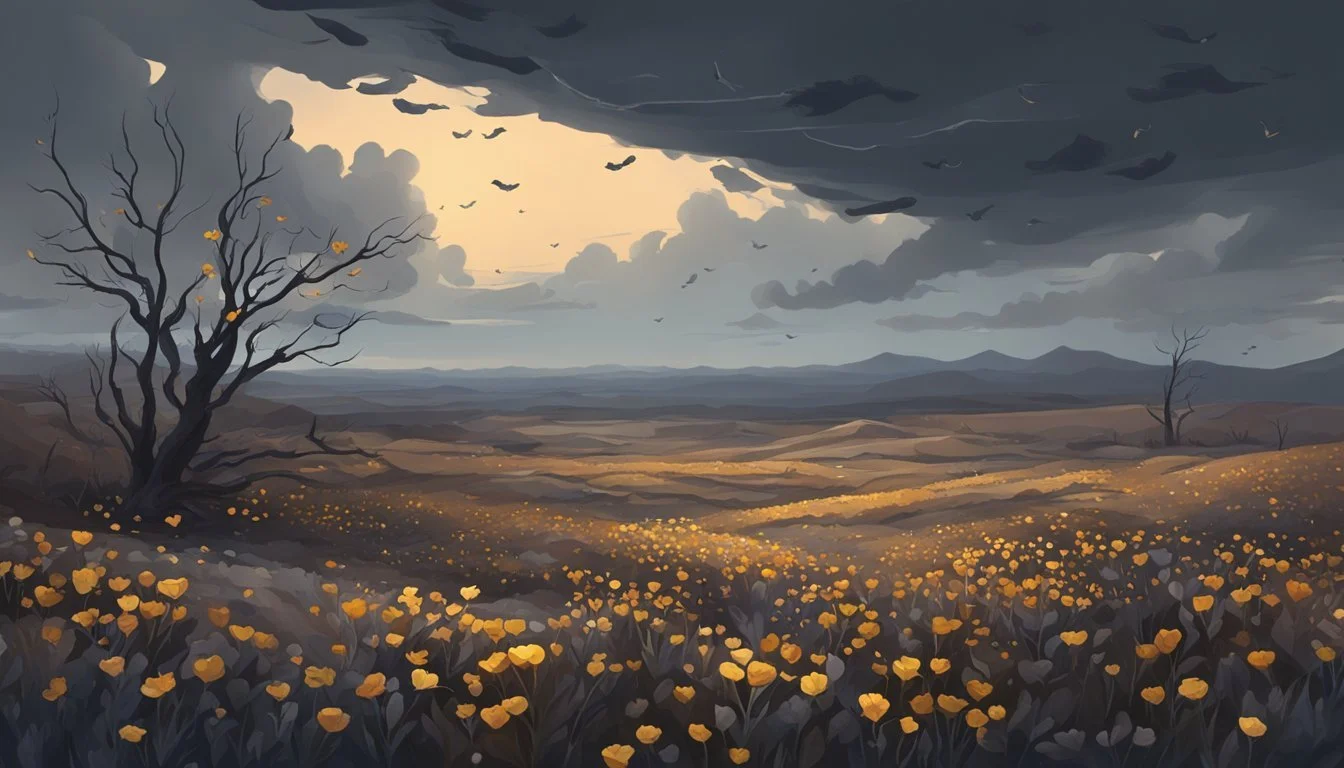Visualizing Pain: The Impact of Toxic Relationship Pictures
Toxic relationship pictures capture the emotional turmoil and pain experienced by individuals trapped in unhealthy partnerships. These images often depict scenes of conflict, isolation, and emotional distress. Stock photos and illustrations of toxic relationships frequently show couples arguing, turned away from each other, or one partner dominating the other.
Visual representations of toxic relationships can be powerful tools for raising awareness and helping people recognize warning signs in their own lives. Many images portray symbolic elements like broken hearts, chains, or thorny roses to represent the damaging nature of these relationships. Others use body language and facial expressions to convey the tension and unhappiness present in toxic dynamics.
Photographers and artists create these impactful visuals to shed light on an important but often hidden issue. The pictures serve as a stark reminder of the harm caused by manipulative, controlling, or abusive behavior in relationships. By bringing these dynamics into focus, toxic relationship images aim to empower viewers to seek healthier connections.
Understanding Toxic Relationships
Toxic relationships are characterized by harmful behaviors that negatively impact the mental and emotional wellbeing of those involved. These dynamics can manifest in various ways, often leaving lasting psychological effects.
Defining a Toxic Relationship
A toxic relationship involves persistent patterns of disrespect, control, or abuse that damage one or both partners' wellbeing. It lacks fundamental elements of healthy partnerships such as mutual respect, trust, and support.
Key features include:
Consistent negative interactions outweighing positive ones
Erosion of personal autonomy
Emotional manipulation
Verbal or physical abuse
These relationships can occur between romantic partners, friends, family members, or colleagues. The toxicity may develop gradually, making it difficult for individuals to recognize the harmful dynamics at first.
Signs and Symptoms
Recognizing toxic relationship patterns is crucial for protecting one's mental health. Common indicators include:
Controlling behaviors
Frequent criticism or put-downs
Lack of respect for boundaries
Emotional blackmail
Jealousy and possessiveness
Gaslighting or denial of reality
Constant conflict or tension
Feeling drained or anxious after interactions
Physical symptoms may also manifest, such as sleep disturbances, changes in appetite, or unexplained aches and pains. These signs often reflect the psychological strain of navigating a toxic dynamic.
The Psychology Behind Toxic Relationships
The roots of toxic relationships often lie in complex psychological factors. Some individuals may engage in toxic behaviors due to:
Low self-esteem or insecurity
Unresolved childhood trauma
Personality disorders
Learned behavior from past relationships
Fear of abandonment or intimacy
Those who remain in toxic relationships might struggle with codependency, fear of being alone, or normalized abuse patterns. The cycle of abuse can create trauma bonding, making it challenging to leave despite recognizing the harm.
Understanding these psychological underpinnings is essential for breaking free from toxic patterns and fostering healthier relationships. Seeking professional help can provide valuable insights and strategies for healing.
Visual Representations of Toxic Relationships
Visual media plays a crucial role in depicting the complex dynamics of toxic relationships. Artists and creators use various techniques to portray unhealthy interactions and their emotional impact.
Role of Pictures in Conveying Messages
Pictures serve as powerful tools for communicating the nuances of toxic relationships. They capture emotions, body language, and symbolic elements that words alone may struggle to express. Visual representations can evoke empathy and understanding in viewers, making the subject more relatable and accessible.
Illustrations and photographs often use color psychology to enhance their message. Dark, muted tones may represent depression or isolation, while bold reds might signify anger or danger. Composition techniques like asymmetry or claustrophobic framing can further emphasize relationship imbalances.
Symbols and metaphors frequently appear in toxic relationship imagery. Chains, cages, or puppet strings may represent control and manipulation. Broken objects or distorted reflections can symbolize damaged self-esteem or fractured identities.
Analyzing Toxic Relationship Images
When examining toxic relationship images, several key elements often emerge. Facial expressions and body postures convey emotional states, from fear and sadness to anger and dominance. The physical positioning of figures can indicate power dynamics, with one partner appearing larger or more dominant.
Background elements and settings contribute to the overall message. Chaotic or oppressive environments may reflect the internal turmoil of the relationship. Contrasting scenes, where external appearances clash with emotional realities, highlight the deceptive nature of some toxic partnerships.
Recurring motifs in these images include masks (representing deception), thorny roses (beauty with pain), and crumbling foundations (instability). Artists may also incorporate text or thought bubbles to provide additional context or internal dialogue.
Types of Toxic Relationship Imagery
Toxic relationship imagery spans various formats and styles. Realistic photographs capture raw emotions and situations, often used in awareness campaigns or therapeutic contexts. These images might depict arguments, physical abuse, or the aftermath of emotional distress.
Illustrations allow for more abstract and symbolic representations. Artists use exaggerated features, surreal elements, or fantasy scenarios to convey complex emotional states. Comic-style sequences can effectively narrate the progression of toxic behaviors over time.
Digital art and 3D renderings offer unique possibilities for visualizing toxic dynamics. They can create impossible scenarios or blend realistic and fantastical elements to powerful effect. Vector graphics and icons simplify complex concepts into recognizable symbols, useful for infographics or educational materials.
Sourcing Toxic Relationship Pictures
Finding appropriate images to depict toxic relationships requires careful consideration of sources, licensing, and ethical implications. Various options exist for obtaining suitable visuals while respecting legal and copyright requirements.
Stock Photos and Royalty-Free Images
Stock photo websites offer a wide selection of toxic relationship pictures. Getty Images and Shutterstock provide thousands of high-quality, professionally shot images depicting relationship difficulties. These platforms allow users to search for specific themes like "couple fighting" or "relationship problems."
Many stock photo sites use a royalty-free licensing model. This means users can download and use images multiple times after paying a one-time fee. Some popular options include:
Adobe Stock
iStock
Depositphotos
123RF
These services often offer subscription plans for frequent users, providing access to a large number of downloads at a fixed monthly rate.
Creative Commons and Public Domain Resources
Free alternatives exist for those on a budget. Websites like Pexels and Unsplash offer high-quality images under Creative Commons licenses. These pictures can be used, modified, and shared freely, even for commercial purposes.
Some key Creative Commons sources include:
Wikimedia Commons
Flickr (with appropriate license filters)
Pixabay
Public domain images, which have no copyright restrictions, can also be found through resources like:
The Met Open Access
New York Public Library Digital Collections
Library of Congress Digital Collections
When using these free resources, it's crucial to verify the specific license terms for each image.
Legal Considerations and Copyright
Using toxic relationship pictures requires attention to legal and ethical concerns. Always check the licensing terms before downloading or using any image. Some key points to remember:
Respect model releases for images featuring recognizable people
Avoid using images that could defame or misrepresent individuals
Be cautious with sensitive topics like domestic violence or abuse
For commercial use, ensure you have the appropriate licenses. Many stock photo sites offer extended licenses for certain uses like merchandise or large-scale distribution.
If commissioning original photos, obtain written permission from models and clearly define usage rights. This protects both the photographer and the end-user from potential legal issues.
Using Images to Educate and Heal
Visual representations of toxic relationships serve as powerful tools for education and healing. These images provide tangible depictions of complex emotional dynamics, aiding in recognition and recovery.
Educational Use in Workshops and Seminars
Toxic relationship pictures are frequently utilized in educational settings to illustrate harmful patterns. Workshop facilitators employ these visuals to help participants identify red flags in relationships. Infographics and diagrams clearly demonstrate power imbalances, manipulation tactics, and emotional abuse cycles.
Seminars often feature before-and-after images contrasting healthy versus toxic interactions. These visual aids enhance understanding of relationship dynamics. Participants learn to recognize subtle signs of toxicity through carefully curated photo series.
Case study images paired with expert analysis provide real-world context. This approach helps attendees connect abstract concepts to concrete examples. Interactive presentations allow viewers to engage with the imagery, promoting deeper learning and retention.
Therapeutic Approaches Using Imagery
Art therapy incorporates toxic relationship imagery as a healing modality. Clients create visual representations of their experiences, facilitating emotional processing. Therapists guide individuals in interpreting symbolic elements within their artwork.
Vision boards featuring positive relationship images aid in goal-setting for healthier partnerships. This technique helps rewire thought patterns and expectations. Clients select empowering visuals to reinforce their worth and relationship ideals.
Guided imagery exercises use positive relationship scenes to promote relaxation and healing. Therapists lead clients through visualizations of supportive, nurturing interactions. This practice helps reframe negative experiences and build new mental associations.
Photo-journaling encourages clients to document their healing journey visually. This therapeutic tool fosters self-reflection and tracks progress over time.
Visual Media in News and Reporting
News outlets utilize images and videos to convey the realities of toxic relationships. These visual elements shape public perception and raise awareness about relationship abuse.
The Impact of Imagery in Journalism
News organizations carefully select visuals to accompany stories about toxic relationships. Powerful images can evoke empathy and spark conversations about abuse. Some outlets use stock photos depicting tension between couples, while others showcase real victims' experiences.
Infographics and data visualizations help break down complex statistics on relationship violence. Video clips from interviews with survivors or experts lend authenticity to reports.
Case Studies: Media Coverage of Toxic Relationships
The Johnny Depp-Amber Heard defamation trial garnered intense media scrutiny. News outlets published contrasting images of the couple, fueling public debate about their tumultuous relationship.
Coverage of high-profile domestic violence cases often features mugshots and court appearances. These visuals can reinforce stereotypes or humanize perpetrators and victims.
Some news organizations have faced criticism for publishing intimate photos of abuse victims without consent. Ethical guidelines now emphasize protecting survivors' privacy and dignity in visual reporting.
Conclusion
Toxic relationship pictures serve as powerful visual representations of unhealthy dynamics. These images can raise awareness and spark important conversations about relationship health.
Recognizing toxic patterns through visual media can be an important step in healing. It allows individuals to identify problematic behaviors they may have normalized.
Educational resources often incorporate these images to illustrate key concepts. Visual aids can make complex relationship topics more accessible and memorable for learners.
While toxic relationship pictures can be emotionally intense, they play a vital role in promoting healthier partnerships. They encourage viewers to reflect on their own relationships and seek positive change.
Ultimately, these images aim to empower people to cultivate more respectful, supportive, and fulfilling connections. By shining a light on toxicity, they pave the way for growth and healing in relationships.




